Too Much Information?
The downing of Malaysian Airlines Flight MH17 over Ukraine in 2014 was an event shrouded in misinformation. With reporters far from the location, misleading information put out by governments, and scant first-hand accounts, how did journalists determine the facts? Topography, landmarks and freely available social media posts proved to be the answer. Through forensic examination of photos and data, the journalists followed a trail that could pinpoint the location of the missile trucks that fired on MH17. Welcome to open-source intelligence: an approach being used to modernise journalism and shine a light where it can be difficult for reporters to tread. When there is a camera in almost every pocket in the world, journalists can embark on the kind of investigations only police and intelligence services previously had the capacity to undertake.
But how far can publicly available data take us in the search for truth, and how does modern journalism balance the public interest with that of privacy? And can journalists be protected from these tools being turned against them?
Eliot Higgins, founder of Bellingcat, and author Eyal Weizman, founding director of Forensic Architecture, unpick the questions at the cutting edge of modern journalism with Matt Thompson, editor of The New York Times's innovative investigations unit Headway, in an event filmed live at the 2021 Edinburgh International Book Festival.
Book Festival News
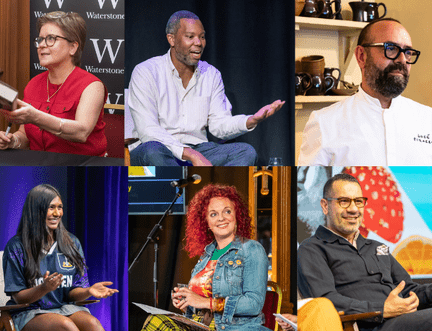 60 new events now available on demand
60 new events now available on demand
Tuesday 4 November
Watch more
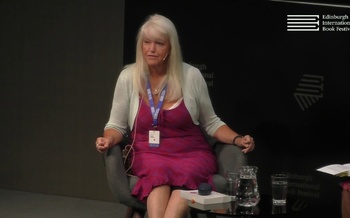 Lesley Riddoch at the Edinburgh International Book Festival
Lesley Riddoch at the Edinburgh International Book Festival
 Olivia Laing: In Search of Eden
Olivia Laing: In Search of Eden
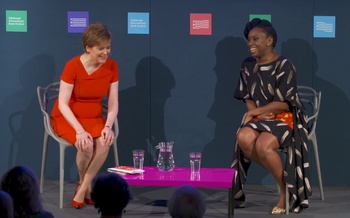 Chimamanda Ngozi Adichie with Nicola Sturgeon (2017 Event)
Chimamanda Ngozi Adichie with Nicola Sturgeon (2017 Event)
 Anshel Pfeffer: Behind the Curtain of Israeli Politics
Anshel Pfeffer: Behind the Curtain of Israeli Politics
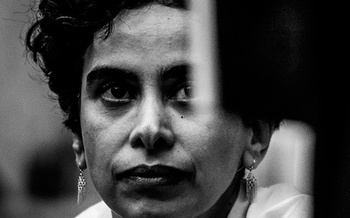 Adania Shibli: When the Present is Haunted by the Past
Adania Shibli: When the Present is Haunted by the Past
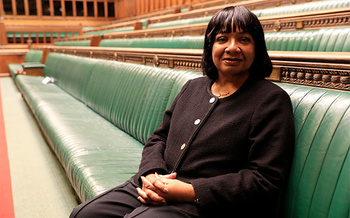 Diane Abbott: A Lifetime of Making a Difference
Diane Abbott: A Lifetime of Making a Difference
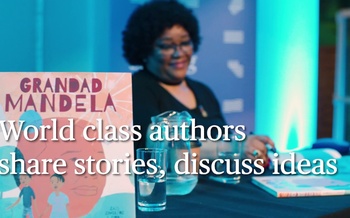 Join us this August at the Edinburgh International Book Festival
Join us this August at the Edinburgh International Book Festival
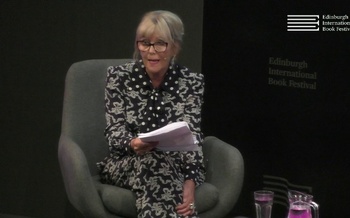 Kate Atkinson at the Edinburgh International Book Festival
Kate Atkinson at the Edinburgh International Book Festival
 Bolu Babalola & Beth O'Leary: Meet Not-So-Cutes
Bolu Babalola & Beth O'Leary: Meet Not-So-Cutes
 James Birch: Six Degrees of Francis Bacon
James Birch: Six Degrees of Francis Bacon



